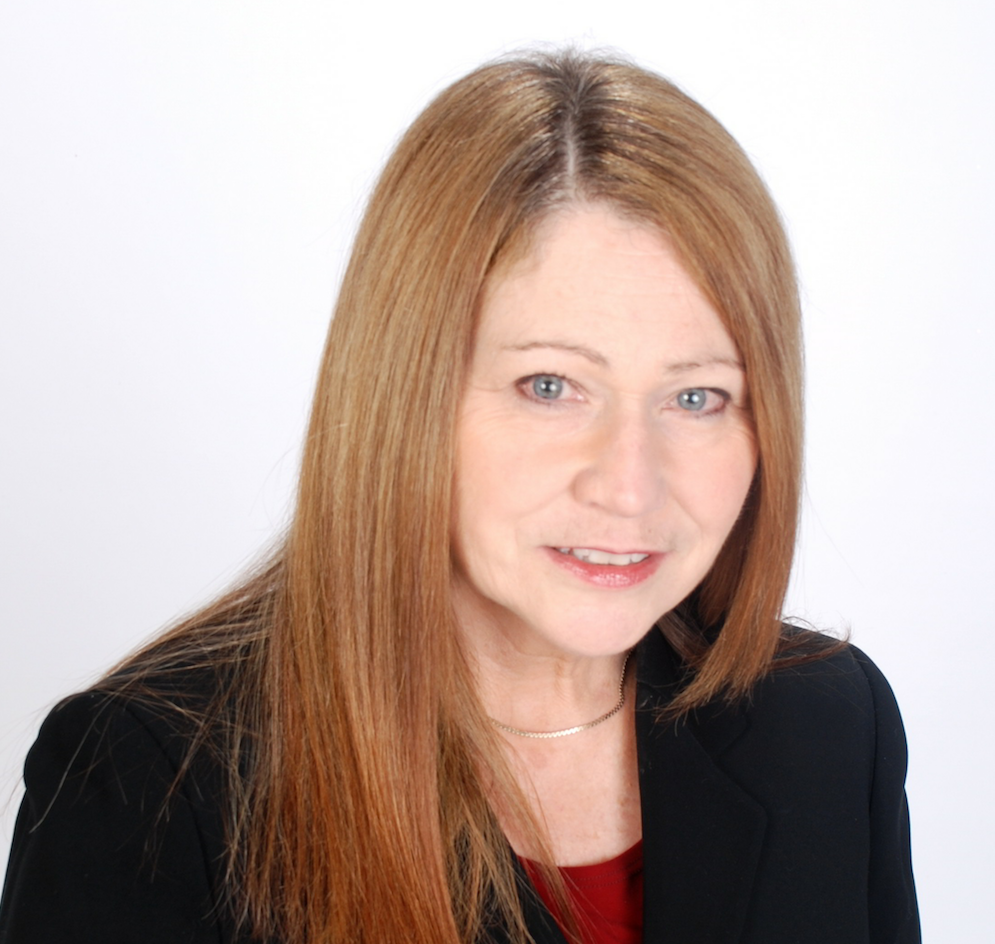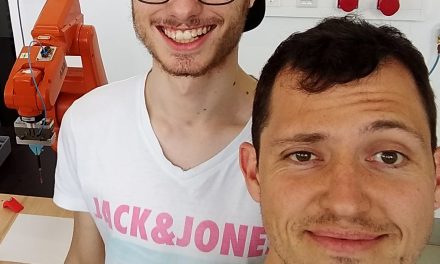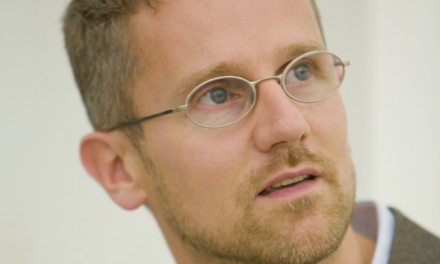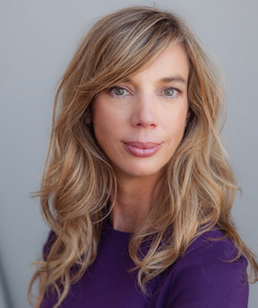Donna Rhodes,
Principal Research Scientist, MIT Sociotechnical Systems Research Center,
and Director, MIT Systems Engineering Advancement Research Initiative
Digital Twins are the exact replica of a product or system in the virtual world.The pairing of the two allows data analysis and monitoring of systems to prevent downtimes but also to predict and simulate outcomes.The virtual world becomes the playground for trial and error and opens new approaches to cost optimising, efficiency and security. Failures in reality can be prevented as they can be identified and resolved in the digital twin. The idea of a Digital Twin is now being developed in the IoT space, and it is rapidly becoming the technology of choice for digitalizing the physical world. It acts as bridge between the physical and the digital world and has been named one of Gartner’s Top 10 Strategic Technology Trends for 2017. Donna Rhodes, Director MIT Systems Engineering Advancement Research Initiative (SEAri), talks about business opportunities, changes in company structures and ethical aspects for the development of a digital parallel universe where failures are made without damages and digital goods will be traded like items in computer games. (special thanks to Ursula della Schiava- Winkler, Kürşad Özdemir, Christoph F. Strnadl and Harald Katzenschläger for insightful questions on the topic)

A GE wind turbine and its digital twin. Image credit: GE Power & Water
Is the concept of Digital Twins already used in many companies?
Donna Rhodes: It is a reality for some products and systems, such as jet aircraft, wind turbines, and commercial ships. However it is still largely a vision for many companies. But in the future every product or system will have a digital equivalent. We envision that these digital assets will become even more valuable than the physical product because the models themselves consist of the history and of all of the encoded knowledge that is in the product itself and will be forming the foundation for connected products and services. Right now most companies would treat their digital model as opposed to their product, not as part of what they consider their portfolio of assets, this will change within the near future.
For which sector do you think the concept of Digital Twins would be most beneficial as you have mentioned aircrafts and big systems?
Donna Rhodes: It absolutely makes sense in all types of domains and we see evidence already of that. The initial places where we have seen this approach being used is in the defence industry, in aerospace and in manufacturing of products. But it already extended out into transportation systems, into healthcare and energy systems. There are actual manufacturing operations where the factory itself has a Digital Twin and you can simulate how products float through their production floor. Experiments on reconfiguring the manufacturing floor and what impact that would have on getting the product completed can be made. Once improvement is verified by the digital system, it can be implemented into the real system which is very cost effective.
Do you have an example for a company that is already using digital twins?
Donna Rhodes: GE is one of the companiest hat is leading the charge on this topic. One of their successful examples is their wind farms. They have replicated their wind farms digitally, every wind turbine asset has its own Digital Twin. They are using the digital systems not only to maintain the ongoing process but to predict potential failures. With the computational power that we have right now, the whole field of data science and visual analytics we are starting to be able to envision how the future will look like in a very specific sense. Another example is Johns Hopkins Hospital in Baltimore. Working together with GE Healthcare Partners their aim was to redesign the hospital’s approach to patient flow. The technology incorporates predictive analytics based on a hospital’s current systems and its historical data- the Digital Twin – to forecast when the hospital may approach or exceed its capacity. Using this approach the hospital has reported a 30% reduction in ER patients who have to wait for an inpatient bed and a roughly 70% reduction in patients who must be held in the OR because there’s no recovery or inpatient bed for them.
How do you think the technical development of programming or writing actual code would be accomplished in the future? Will there be a meta programming paradigm?
Donna Rhodes: Meta level approaches will be used to create a Digital Twin as it doesn´t only involve software development but also graphical programs and items to plug and play from visual perspective to actually built up a digital twin. To my knowledge companies like GE and Siemens are already selling graphical or object oriented software environments to be able to create Digital Twins.
The interaction of humans with this systems implies some additional areas of consideration.
Donna Rhodes: One topic we are looking into in my research group is what kind of leader would be responsible for the Digital Twins within an organisation. We also need to know more about how humans interact with these very complex digital models. As part of that we have been studying how people develop trust in these models. Because if you don´t trust your digital twin that´s going to cause issues. How can we raise the confidence that is necessary so that the persons who are the users or the beneficiaries of these systems, trust that the Digital Twins are first of all accurate, have valid information and truly represent the system. With the importance of the Digital Twins and the reliance on their information we are additionally facing another issue concerning compromise through cyber security questions.
With the rise of the Digital Twin a big world with new applications evolves, what new services can emanate from this concept?
Donna Rhodes: As you have just mentioned this is a vast field. Many more specialists that have a background in data science model based engineering will be needed. As this development is moving very rapidly I would suspect that many companies wouldn’t have a sufficient number of people with the right skills to keep up with what is needed in this field. So I think that companies who would specialise into the interrogation and analysis of Digital Twins would be needed very soon.
In the automotive industry for example suppliers who are delivering parts to the whole product would not only have to deliver the physical item but also the Digital Twin of the component. This Digital Twin component is going to have to plug into the whole part of the Digital Twin of the automobile. Those companies may not have the resources to develop these models so there could be niche industries of modelers that grow and act as suppliers to the component suppliers. Services around creating, maintaining, constructing aggregates, updating the Digital Twin or how to put the parts of the Digital Twins together will be needed.
If we spanned the concept of the Digital Twin further – wouldn´t that mean we would enter the simulation age – where anything, before experienced in the real world, would be simulated in our digital parallel universe and thus provide a flawless reality as mistakes have been made already? We would that lead us?
Donna Rhodes: That is an interesting question. What would be the ethical consequences of such a virtual world? Wearables may allow you to interact with your system so that you can reach in and pull out information. It will be a truly new way of working. But the question will be: Does this replace the inventor who is sitting at the workbench doing things? I like to think that there is still a place for that in the future. Because someone has to experiment with the physical products in a different kind of way. I don´t think our brains are totally wired to do everything in the virtual world versus the ability to be equally able to work in the physical world. So what´s the coupling of digital and physical then in the future? It´s an open question that we face. What are the limits of this? I almost think that you need to be able to grow up in this environment. Getting away from being anchored in a physical system is probably going to take a generation to change.
About:
Dr. Donna H. Rhodes is a principal research scientist in the Sociotechnical Systems Research Center (SSRC)within IDSS. She is the director of the MIT Systems Engineering Advancement Initiative (SEAri). Prior to joining MIT in 2003, Dr. Rhodes held senior management positions in systems engineering and enterprise practices at IBM Federal Systems, Lockheed Martin, and Lucent Technologies.
Dr. Rhodes conducts research on human-model interaction, decision-making in model-centric environments, innovative approaches and methods for architecting and design of complex systems and enterprises, including predictive indicators of performance, empirical studies of engineering systems thinking and practice, and designing for uncertain futures. Her research is driven by the desire to more predictively architect socio-technical systems to address significant societal needs in a dynamic world. She is involved in research across multiple sectors including defense, aerospace, transportation, energy and commercial products.
Dr. Rhodes received her Ph.D. in Systems Science from the T.J. Watson School of Engineering at Binghamton University. She serves on industry and government advisory boards focused on advancement of systems practice and education, as well as on study panels for issues of national and international importance. She engages with government and industry leaders through collaborative research, consulting engagements and executive courses. She has been very involved in the evolution of the systems engineering field, including development of several university graduate programs. Dr. Rhodes is a past president and fellow of the International Council on Systems Engineering, and a recipient of INCOSE’s Founders Award and several distinguished service awards. She serves on the INCOSE Systems Engineering journal editorial board.






